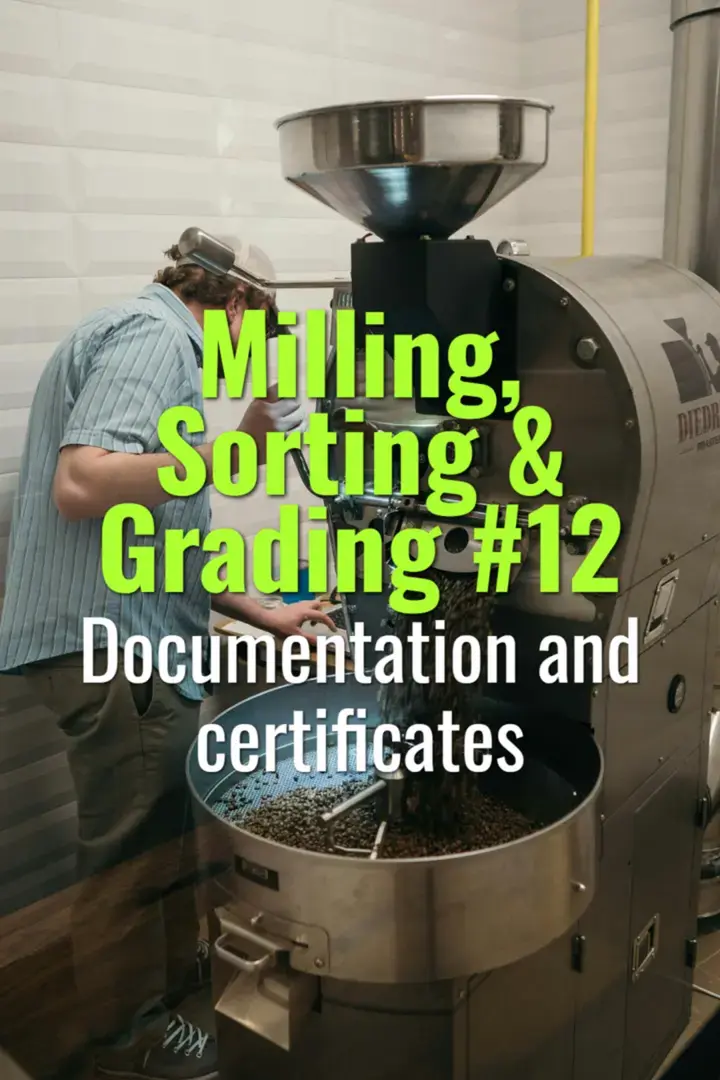
Documentation and certificates
This topic explains the role of documentation and certificates in coffee milling and export, the types required, and how they ensure compliance, traceability, and buyer confidence.

This topic explains the role of documentation and certificates in coffee milling and export, the types required, and how they ensure compliance, traceability, and buyer confidence.
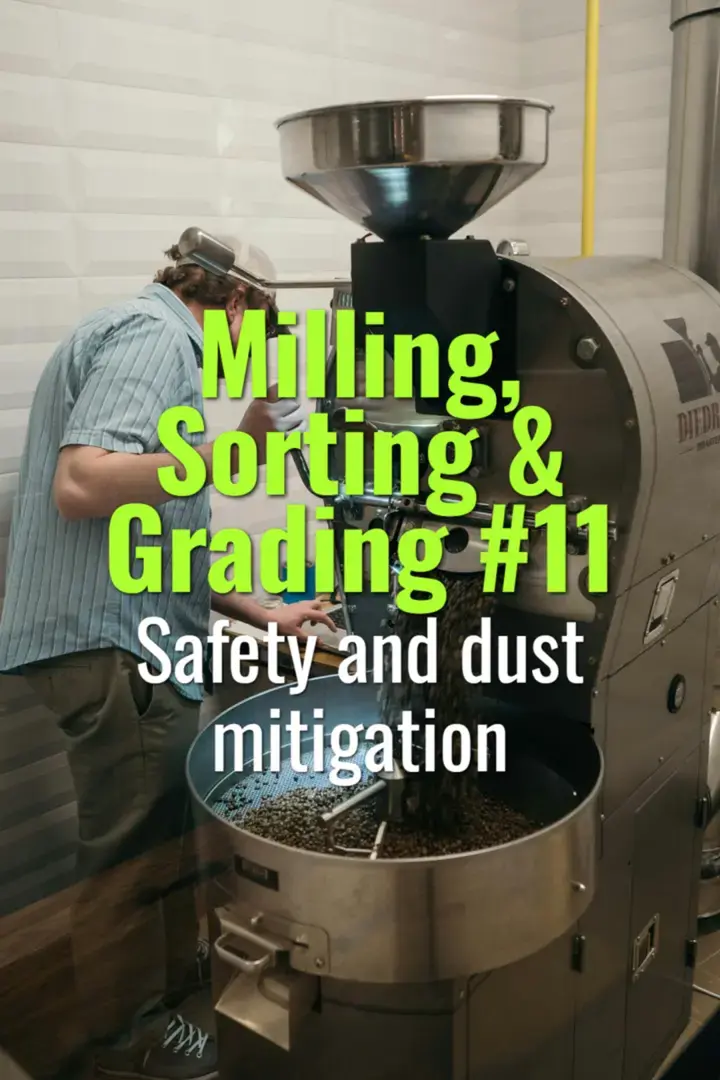
This topic explains the safety risks in coffee milling facilities, particularly dust-related hazards, and outlines best practices for protecting workers, equipment, and product quality.
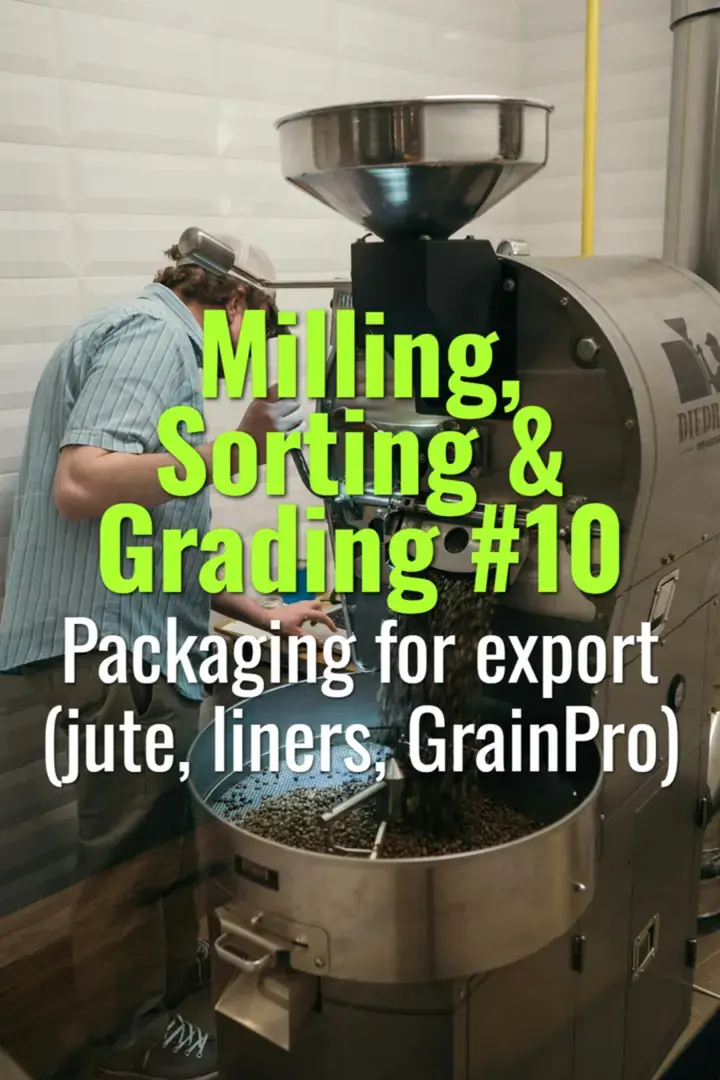
This topic explains the different packaging options used for exporting coffee, including jute bags, plastic liners, and hermetic solutions like GrainPro, with their respective benefits and limitations.
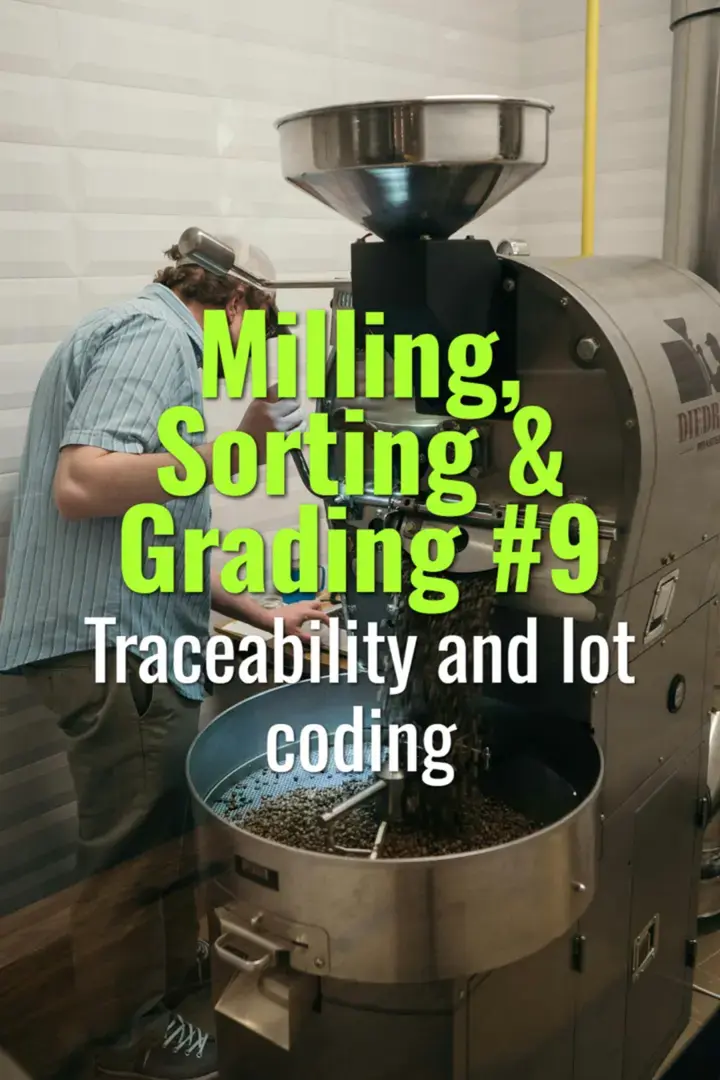
This topic explains how traceability and lot coding work in coffee milling, why they are essential for quality assurance, and how they support transparency and trust in specialty markets.
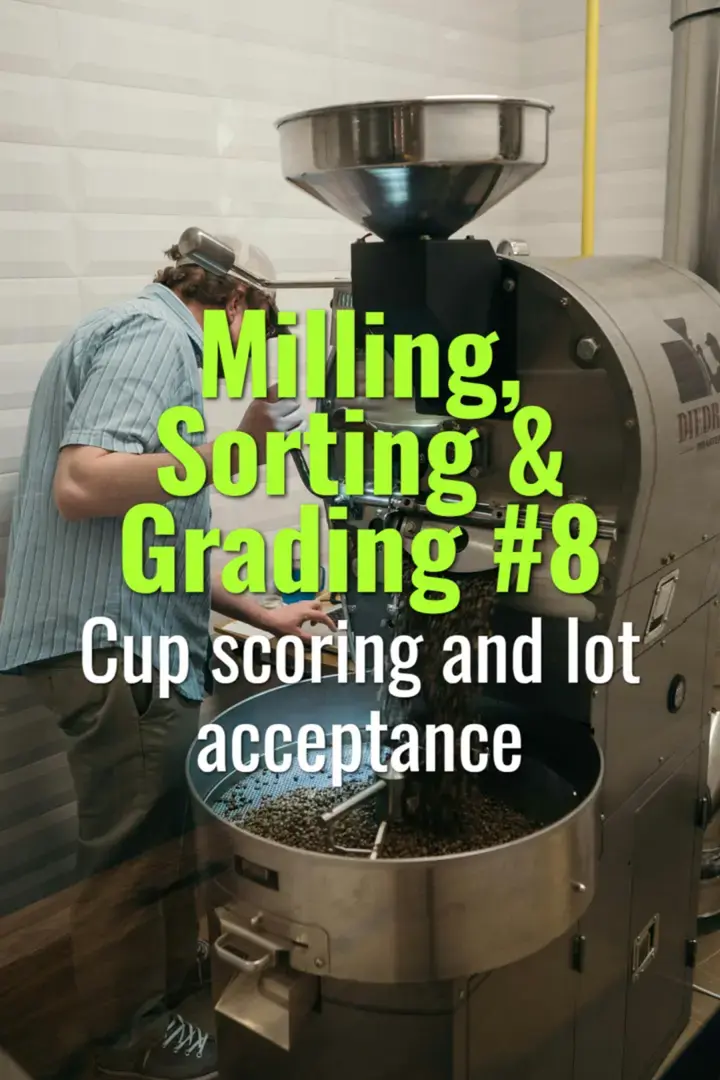
This topic explains how cup scoring is used to evaluate coffee quality, the standards applied by the Specialty Coffee Association (SCA), and how scores determine whether lots are accepted or rejected in trade.
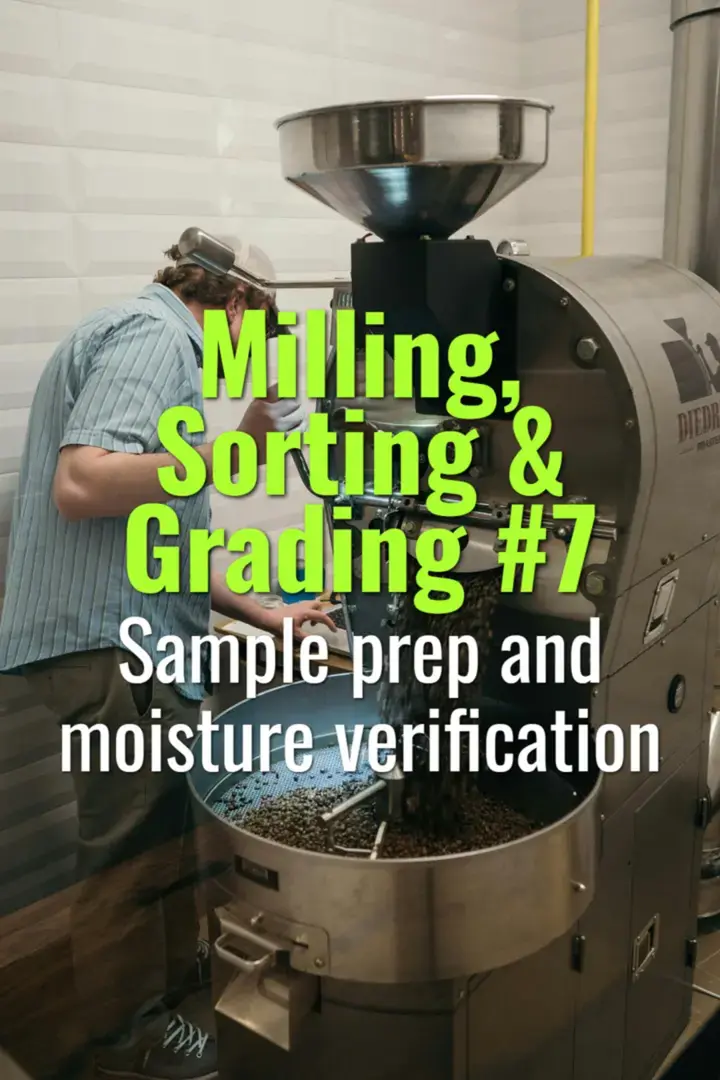
This topic explains how coffee samples are prepared for analysis during milling and how moisture verification ensures beans meet quality and safety standards before export or roasting.